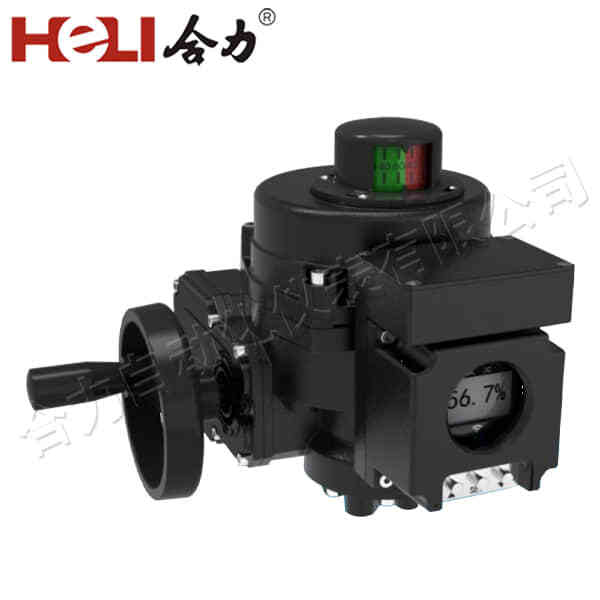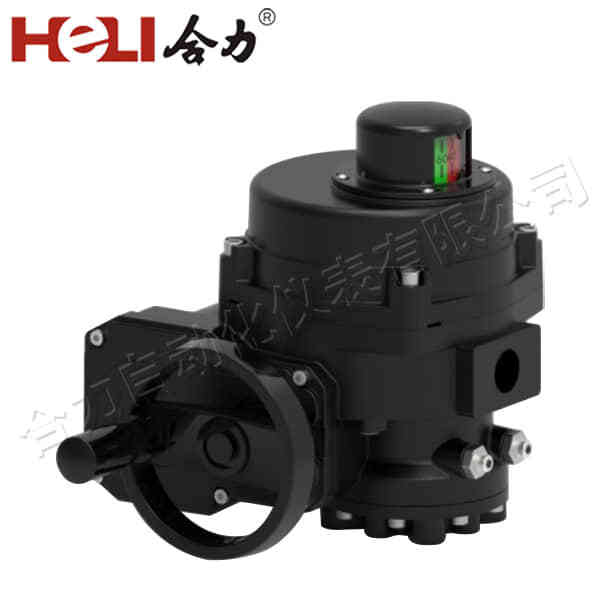Electric actuator valves are essential components in modern industrial systems, playing a key role in automating the control of fluid flow in various processes. These valves combine the precision and efficiency of electric motors with the functionality of valves to regulate the flow of liquids, gases, or steam in pipelines. The integration of electric actuators offers enhanced control, energy efficiency, and safety in systems across numerous industries, from chemical processing to water treatment. This article explores the working principles, benefits, and applications of electric actuator valves, as well as their impact on industrial automation.

What Are Electric Actuator Valves?

At its core, an electric actuator valve consists of two primary components: the electric actuator and the valve itself. The electric actuator is a motorized device that translates electrical energy into mechanical motion to control the position of the valve. Depending on the type of valve—whether a ball valve, butterfly valve, or globe valve—the actuator moves the valve stem to either open, close, or regulate the flow of the medium passing through the valve. Electric actuators are often equipped with feedback mechanisms that allow precise control of valve positioning and real-time monitoring of the system’s status.
